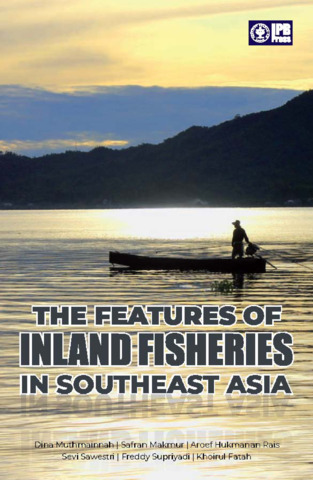The features of inland fisheries in Southeast Asia
| dc.contributor.author | Muthmainnah, Dina | |
| dc.contributor.author | Makmur, Safran | |
| dc.contributor.author | Rais, Aroef Hukmanan | |
| dc.contributor.author | Sawestri, Sevi | |
| dc.contributor.author | Supriyadi, Freddy | |
| dc.contributor.author | Fatah, Khoirul | |
| dc.contributor.editor | Wiadnyana, Ngurah N. | |
| dc.contributor.editor | Adrianto, Luky | |
| dc.contributor.editor | Sulit, Virgilia T. | |
| dc.contributor.editor | Wibowo, Arif | |
| dc.date.accessioned | 2022-01-11T04:26:37Z | |
| dc.date.available | 2022-01-11T04:26:37Z | |
| dc.date.issued | 2019 | |
| dc.identifier.citation | Muthmainnah, D., Makmur, S., Rais, A. H., Sawestri, S., Supriyadi, F., & Fatah, K. (2019). The features of inland fisheries in Southeast Asia (N. N. Wiadnyana, L. Adrianto, V. T. Sulit, & A. Wibowo, Eds.). Inland Fishery Resources Development and Management Department, Southeast Asian Fisheries Development Center. | en |
| dc.identifier.isbn | 9786024408169 | |
| dc.identifier.uri | http://hdl.handle.net/20.500.14277/60 | |
| dc.description.abstract | Numerous bodies of inland waters are widely spread in Southeast Asia where fisheries production is an important source of people's animal protein. The capture fisheries sector, utilizing the inland waters, provides employment opportunities and revenues to millions of people in the rural areas. Inland fisheries activities are varied considerably and adequately, related to the specific fishing areas, aquatic species targeted, fishing gear used, and social culture. The inland fisheries sub-sector, however, is facing various challenges that should be addressed to implement the appropriate management measures. Inland water systems, including rivers, lakes, swamps, floodplains, small streams, ponds, and reservoirs, have a variety of biological, physical, and chemical characteristics. Inland waters are an ecosystem that easily becomes to be endangered and highly vulnerable to degradation. The aquatic organisms of inland waters are dependent on each other. Nowadays, the consumption of fish increases with the increasing population of the world; the supply of wild-caught fish could be put under pressure. As renewable natural resources, fisheries resources should be utilized continuously through rational and responsible exploitation. Enforcement of regulations published by governments to control fisheries activities is necessary implemented to ensure the continued fish productivity in particular and accomplish the sustainable fisheries objectives in general. Promoting the sustainable management of the fishery resources should be taken into consideration for the availability and affordability of the fish products obtained from the fishery activities, and should also be aimed at enhancing the socio-economic well-being of the fisheries households in Southeast Asia Regions. | en |
| dc.format.extent | xv, 123 pages ; 23 cm. | en |
| dc.language.iso | en | en |
| dc.publisher | Inland Fishery Resources Development and Management Department, Southeast Asian Fisheries Development Center | en |
| dc.subject | South East Asia | en |
| dc.subject | capture fisheries | en |
| dc.subject.lcsh | Fisheries--Southeast Asia | en |
| dc.subject.lcsh | Aquaculture--Southeast Asia | en |
| dc.subject.lcsh | Fisheries | en |
| dc.title | The features of inland fisheries in Southeast Asia | en |
| dc.type | Book | en |
| dc.subject.asfa | inland fisheries | en |
| dc.subject.asfa | inland waters | en |
| dc.subject.asfa | fisheries | en |
| dc.subject.asfa | anthropogenic factors | en |
| dc.subject.asfa | sustainability | en |
| dc.subject.asfa | fishery resources | en |
| dc.subject.asfa | fishery management | en |
| dc.subject.asfa | policies | en |
| dc.subject.asfa | legislation | en |
| dc.subject.asfa | fishery regulations | en |
| dc.subject.asfa | fishery institutions | en |

